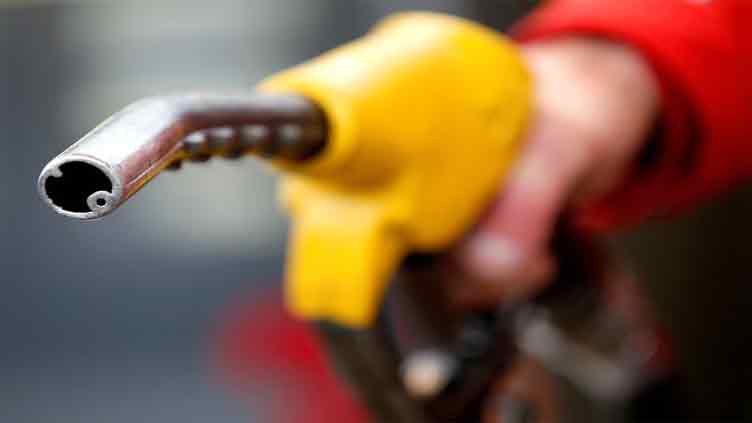IEF top official fears hike in oil prices amid demand pressure

Business
Hopes OPEC, other producers will ultimately intervene
GOA (Web Desk) – As the world is already reeling from the devastating effects of record high inflation and interest rates, International Energy Forum Secretary General Joseph McMonigle predicted increase in oil prices during the second half of the year amid a reduced supply by the OPEC+ countries.
McMonigle told a top US TV channel that oil demand bounced back to pre-Covid levels quickly but supply was having a tougher time in catching up. However, he described the looming recession as the only factor currently moderating the prices.
“So, for the second half of this year, we’re going to have serious problems with supply keeping up, and as a result, you’re going to see prices respond to that,” said McMonigle who was in Goa, India, on the sidelines of a meeting of the G20 energy ministers.
McMonigle attributed the push in oil prices to increasing demand from China — the world’s largest importer of crude oil — and India.
“India and China combined will make up two million barrels a day of demand pick-up in the second half of this year,” the Secretary General said.
He said the oil prices were already at $80 per barrel and could potentially go higher from there, when asked whether these could touch the $100 mark yet again.
“We’re going to see much more steep decreases in inventory, which will be a signal to the market that demand is definitely picking up. So you’re going to see prices respond to that,” McMonigle said.
However, McMonigle expressed the hope that the OPEC and OPEC+ nations would again increase production if the world eventually succumbed to a “big supply-demand imbalance”.
About the liquefied natural gas (LNG), he said policymakers could not turn complacent just because the LNG prices had fallen, calling for more investment in renewable energy.
When it comes to energy security, McMonigle wants to keep all options have to be on the table. But he expressed the fear of losing support if the public started to connect high prices and volatility in energy markets to climate policies or the energy transition.


